Results
-
 £84.99
£84.99Rondo Romantica - Otto M. Schwarz
Rondo Romantica is based on the Italian Rococo period. In this piece, Otto M. Schwarz depicts a colourful annual fair and the carefree atmosphere of the period. The piece also has undercurrents of modern elements, such as its diverse rhythms.
Estimated dispatch 7-14 working days
-
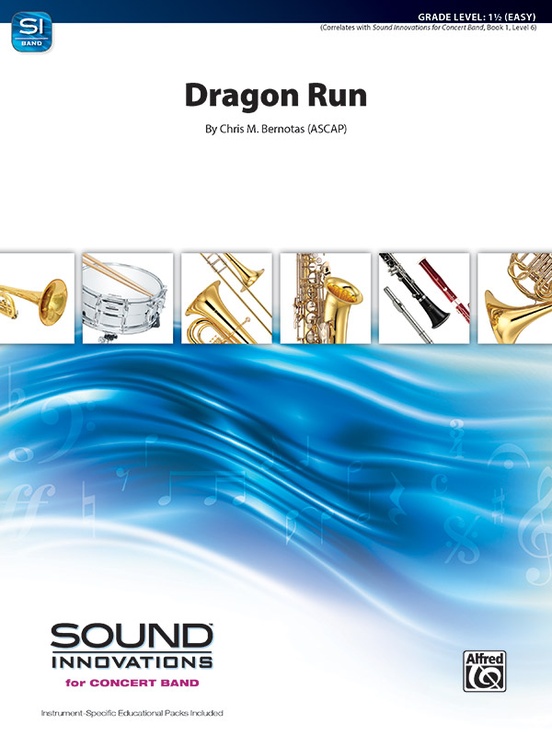 £53.95
£53.95Dragon Run - Chris M. Bernotas
The is a 40 mile winding stream that flows throughout Virginia and empties into the Piankatank River. It is also known as the Dragon Swamp and even just The Dragon. This immense ecosystem is known for its rich wildlife and preserved beauty. by Chris M. Bernotas features strong rhythms, intentional dissonance, contrasting dynamics, and wonderful musical opportunities for all. It echoes the excitement of exploring the views and experiencing the sometimes intense wildlife visitors encountered when journeying along the river and surrounding swamps. (2:26) Correlated to Level 6.
Estimated dispatch 3-5 working days
-
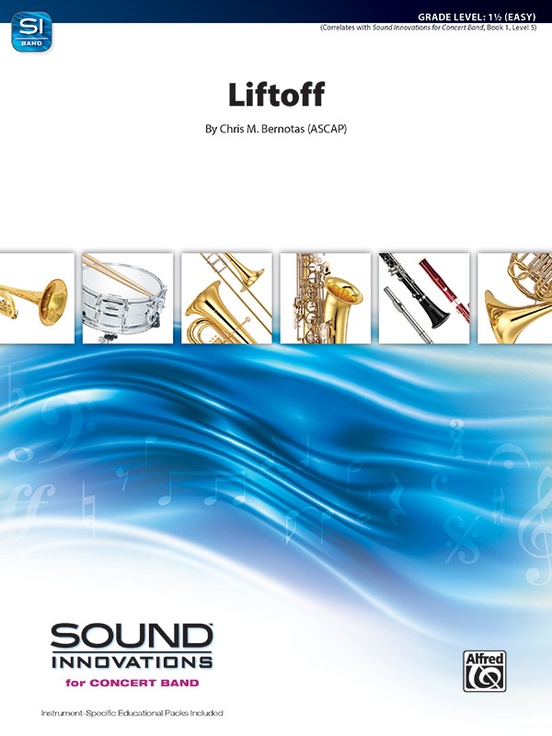 £53.95
£53.95Liftoff - Chris M. Bernotas
Sucessful launches and landings from the SpaceX program have proven to be inspirational in reigniting the excitement of human travel to space. by Chris M. Bernotas is a thrilling overture that will launch the imagination of your students. With melodic opportunities for all students, this piece will engage your young band from start to finish. Correlated to , Level 5. (2:10)
Estimated dispatch 3-5 working days
-
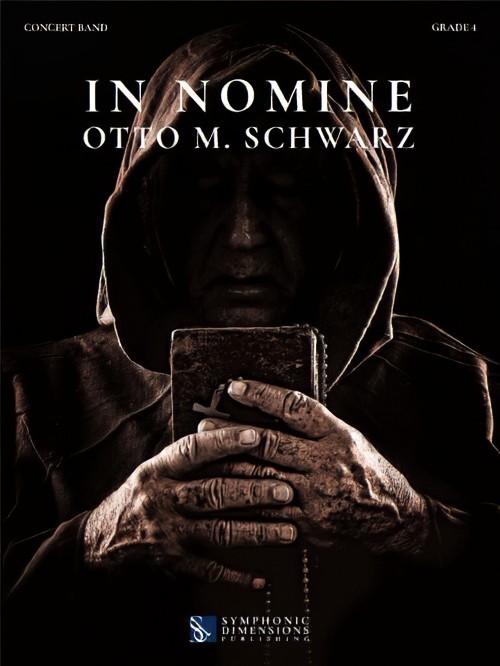 £159.99
£159.99In Nomine (Concert Band - Score and Parts) - Schwarz, Otto M.
How often has something been justified by, declared to be, or blessed as 'in the name of' some cause or other? How can it be that opposing armies and the use of weapons are ever 'in the name of...'? This is a common thread in the history of different faiths. Good was created but evil was committed and all 'in the name of...' This thread is also found in the history of the Premonstratensian Abbey at Wadgassen. The abbey was built in the 12th century on unfertile, desolate moorland, which later evolved into the most powerful religious community in the Saarland. The history of the abbey records quite astounding achievements under the motto desertum florebit quasi lilium ('the desert will bloom like a lily'); but also the harsh treatment of delinquents. The order had its own school, in which children were taught the seven liberal arts (which included music as well as geography and astronomy), but the poor were left to starve outside the abbey walls and were only allowed to eat from the members' leftovers on feast days. The medieval witch trials demanded their pound of flesh, and one group that fell victim were ecstatic dancers who moved wildly to music, which was interpreted as the devil's work. The result: a show trial that sentenced the dancers to death by fire. All in the name of... The year is 1789: Abbot Bordier is in the tenth year of his command. He does not yet know that he is to be the last abbot of an almost 700-year tradition. Not far from the abbey is the French border, which has long been making itself felt with the sound of gunfire, and the brothers continue to keep a nervous eye on it. The first portents of the French Revolution loom, but no one wants to believe it, that is, until the French pound the door down, storm the abbey and come right into the brothers' chambers. In a blind fury, all the pipes of the abbey organ are torn out, icons beheaded with swords and brothers beaten death while numerous buildings are set on fire. The abbey church is in flames. A frantic and desperate escape begins. Abbot Bordier and a handful of brothers make their getaway via the River Saar, adjacent to the abbey, to the neighbouring village of Bous. They survive, but their life, the Premonstratensian abbey, is destroyed. While they flee towards Prague and the sanctuary of the Strahov Monastery, the abbey at Wadgassen is razed to the ground and becomes a stone quarry. The desert blooms once more, however. A few short decades later, a glasswork arises from the foundations of the abbey. As peace returns to the region, it brings jobs and a new vision for its people.Duration: 11.15
Estimated dispatch 7-14 working days
-
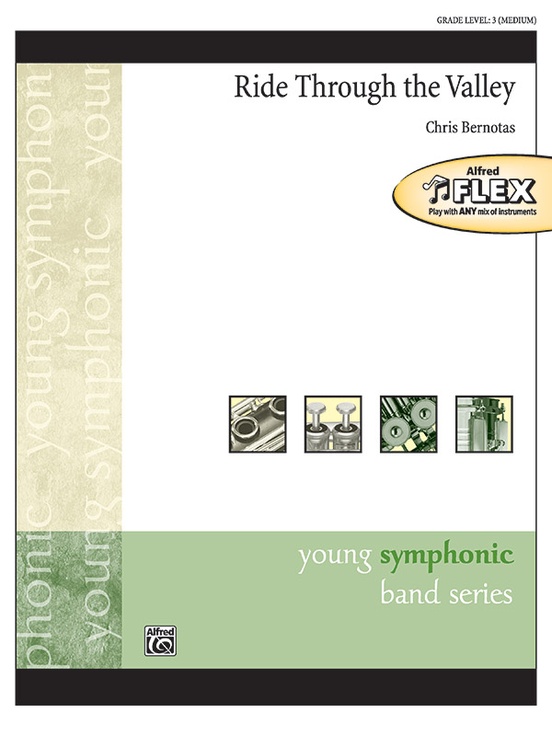 £73.50
£73.50Ride Through the Valley (Flexible Ensemble - Score and Parts) - Bernotas, Chris M.
This version of Ride Through the Valley by Chris Bernotas is designed with maximum flexibility for use by any mix of instruments: wind, strings, and percussion, including like or mixed-ensembles with as few as 5 players. The suggested instrumentation and a customisable Teacher Map will help you plan out how to best assign parts to suit your ensemble's needs. It also comes with supplemental parts for maximum flexibility. With the purchase of this piece, permission is granted to photocopy the parts as needed for your ensemble. A percussion accompaniment track is also available as a free download. String parts have been carefully edited with extra fingerings and appropriate bowings to support students in mixed ensembles playing in less familiar keys. The fast-paced opening of Bernotas' Ride Through the Valley builds momentum, leading to a bright and tuneful main theme. A lyrical contrasting section follows featuring a warmth of colors enhanced by vibraphone and gracefully cascading arpeggiated pyramids. A brief transition leads to a return of the main theme including a key change, bringing the piece to a driving conclusion. Duration: 4.30
Estimated dispatch 7-14 working days
-
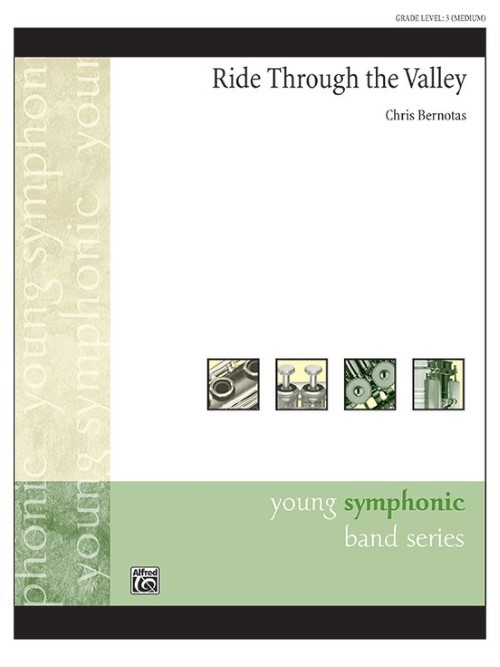 £66.95
£66.95Ride Through the Valley (Concert Band - Score and Parts) - Bernotas, Chris M.
A fast-paced opening builds momentum leading to a bright and tuneful main theme. A lyrical contrasting section follows featuring a warmth of colors enhanced by vibraphone and gracefully cascading arpeggiated pyramids. A brief transition leads to a return of the main theme including a key change, bringing the piece to a driving conclusion. Duration: 4:30
Estimated dispatch 7-14 working days
-
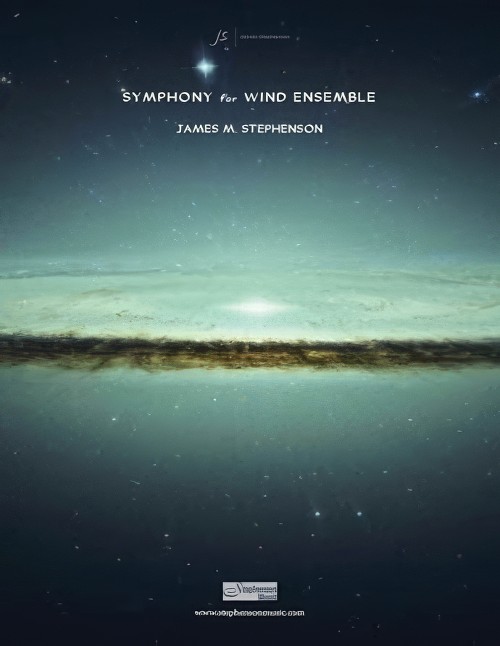 £284.99
£284.99Symphony for Wind Ensemble (Concert Band - Score and Parts) - Stephenson, James M.
The symphony is in four movements. The first movement starts a single triangle note, followed by a guitar strum. The movement anxiously attempts to churn into action, only to be stifled repeatedly by the single triangle note. Finally, with the guitar as inspiration, the main theme gets under way, revealing an almost Spanish, or even Eastern European flavor. Ideas and themes get reworked, developed, repeated and augmented throughout the movement, before finally closing out just as it began, but in reverse: this time guitar followed by triangle. The second movement steals from an angular and shrieking motif of the first, but is presented in opposite fashion: with the warm blend of the low brass. Hints of iconic military symbolism are interspersed throughout this movement, as homage to the commissioning ensemble. The main theme is inverted and awarded to a solo trumpet midway before giving way to a brass fanfare, though not done loudly, but here muted, from afar. The low brass return at the end, fading away to nothing as the bell tolls. The third movement is merely a short interlude - a break, in almost Gershwin-like fashion - from the seriousness of the movements that precede and follow. Lastly, the fourth movement is a wild one: with mixed meters and plentiful percussion penned to propel the movement throughout. The movements' themes are all reworkings of material presented earlier. Duration: 25.00
Estimated dispatch 7-14 working days
-
 £148.99
£148.99Joyride - Otto M. Schwarz
"Joyride" was composed on behalf of the city of Landeck in Austria to embody the spirit of adventure, flourishing development, and a promising future. It not only describes economic progress but also the cultural richness of a modern city of the future. The composition opens with a majestic fanfare seamlessly transitioning into a cheerful allegro in 7/8 time signature. Following a section steadily gaining momentum, a tranquil middle passage ensues, immersing the piece in a contemplative mood. The reprise reintegrates the opening motifs in varied forms. Joyride" provides an opportunity for all instrumental groups to showcase their abilities in the composer's characteristic musical language.
Estimated dispatch 7-14 working days
-
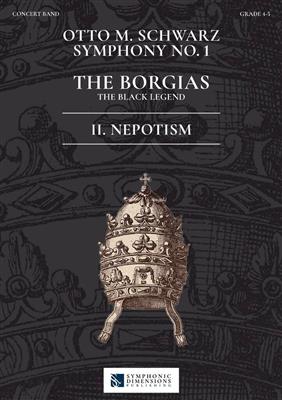 £148.99
£148.99Symphony No. 1 - The Borgias - 2. Nepotism - Otto M. Schwarz
A sinister legend hangs over the Borgia family, a legend of corruption, abuse of power, orgies, sex and murder. These rumours proliferated especially during the papacy of Alexander VI, a descendant of the family, who was even called the Antichrist. On his death, contemporary witnesses reported that the devil himself prowled around the death chamber and a black dog run along the corridors of the Vatican as his emissary. One might say that this Borgia pope, who ruled together with his family with the greatest brutality, became demonised. Unscrupulousness, poison-toting, incest and other malice are to this day the hallmarks of this pontiff.2. NEPOTISMRodrigo Borgia was elected Pope on 11 August 1492. From the very start, the new pope was prepared to use any means to eliminate his opponents, either through the infamous 'Borgia poison' or by excommunication and execution. His son Cesare, who wanted little to do with the church, was appointed cardinal against his will. Alessandro Farnese, broth of Giulia Farnese, the Pope's mistress, also became a cardinal. Numerous Spaniards were brought into the country and were appointed to ecclesiastical posts. This infuriated the opponents of Alexander VI. The Dominican Girolamo Savonarola from Florence demanded the removal of the Pope. He was tortured and banned. Giuliano della Rovere wanted to convene councils to depose the Pope, which Alexander managed to prevent through artful political manoeuvrings. Through great brutality, brilliant political skill and power games, this pope was able to achieve his goal of leaving for his children a great legacy. Alexander VI constantly changed his allies and always acted unscrupulously to improve his financial situation and expand his sphere of influence. At the centre of the second movement of this work is the medieval hymn Dies Irae (Day of Wrath), which acts as a warning in the background condemning the Pope's actions.
Estimated dispatch 7-14 working days
-
 £159.99
£159.99The Miner's Saga - Otto M. Schwarz
This programmatic piece is about a simple miner by the name of Gottlieb Bumler and his pact with the devil. In the program note one can follow each step of the story so you can almost hear the events as if they were happening in front of you! This cinematic piece is full of sound effects, great brass sequences, solid percussion and virtuosic winds. An ideal piece for a thematic concert, or a challenging choice for a contest. This programmatic piece is about a simple miner by the name of Gottlieb Bumler and his pact with the devil. In the program note one can follow each step of the story so you can almost hear the events as if they were happening in front of you! Thiscinematic piece is full of sound effects, great brass sequences, solid percussion and virtuosic winds. An ideal piece for a thematic concert, or a challenging choice for a contest.
Estimated dispatch 7-14 working days
